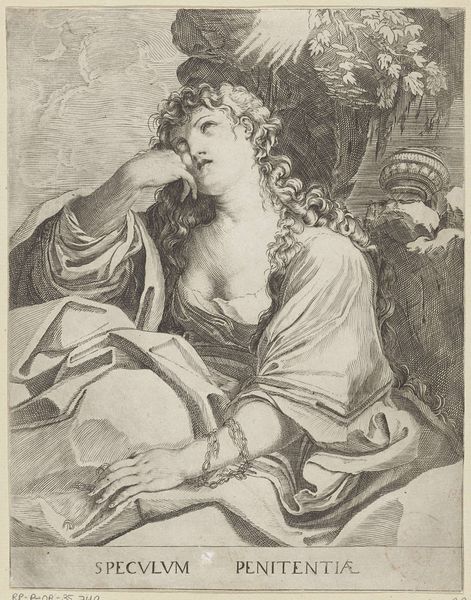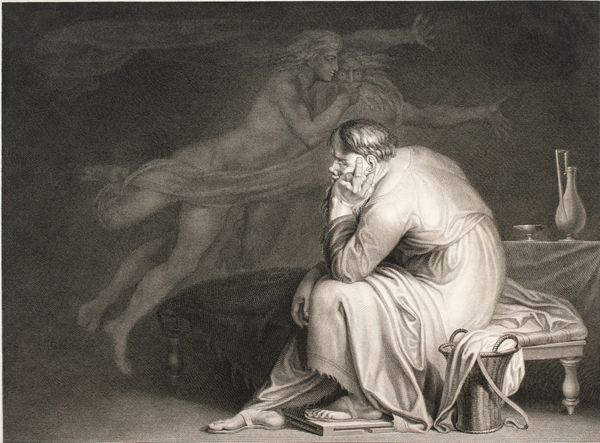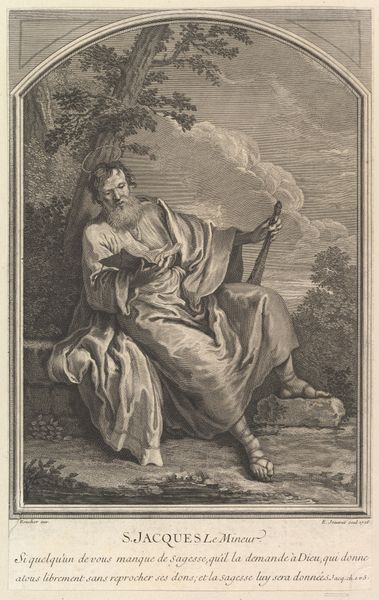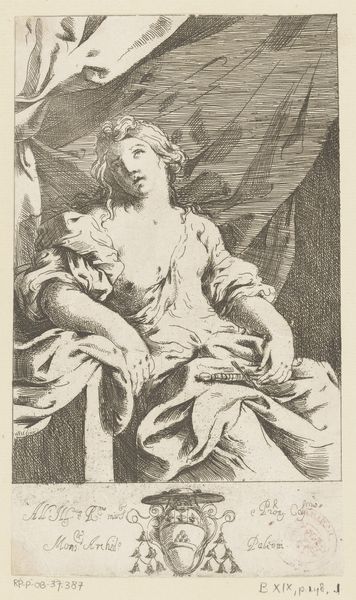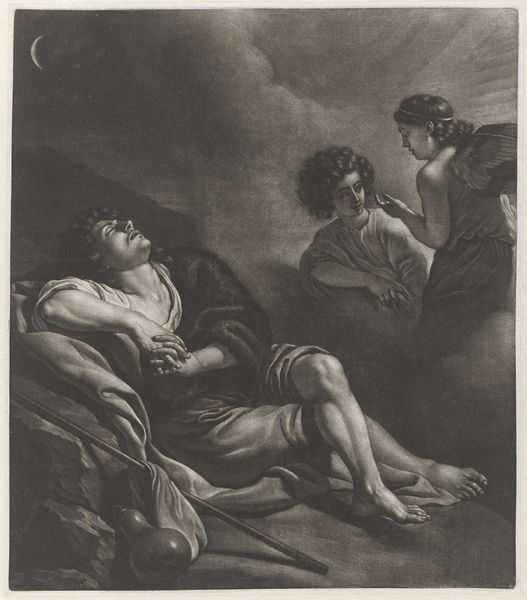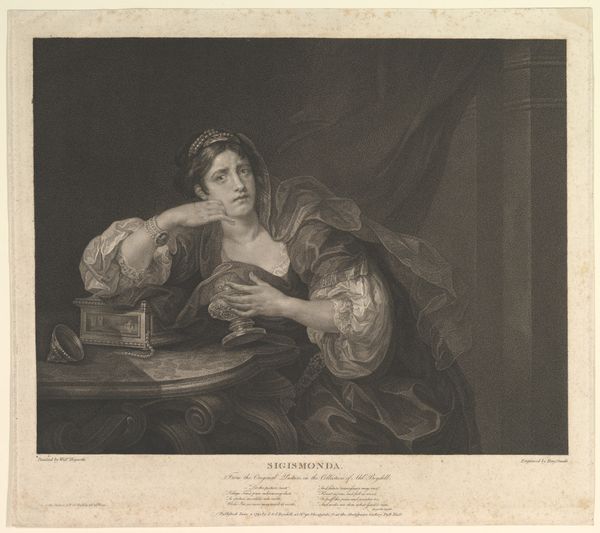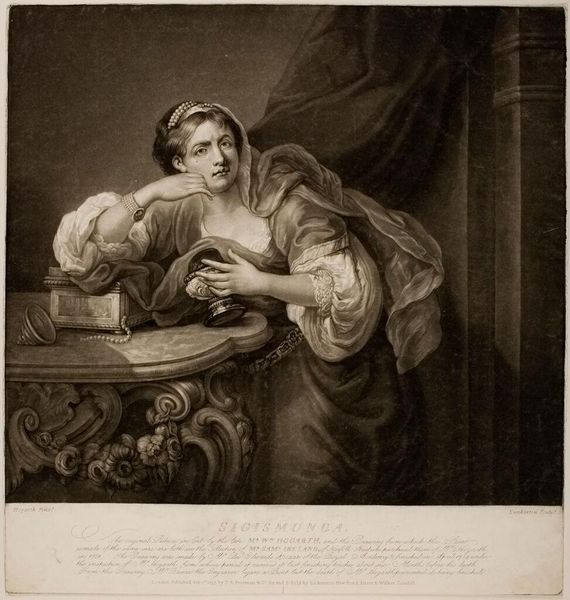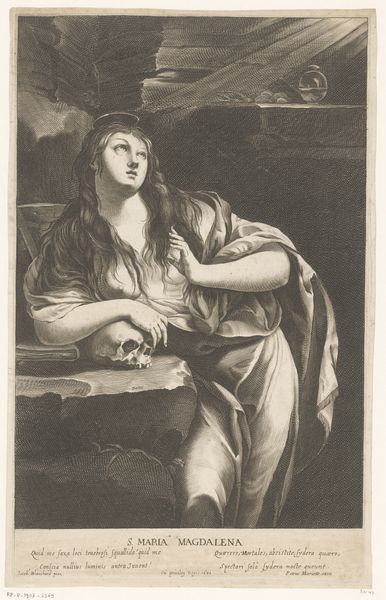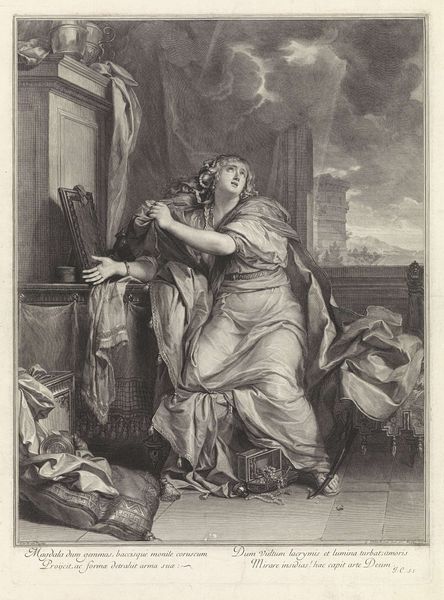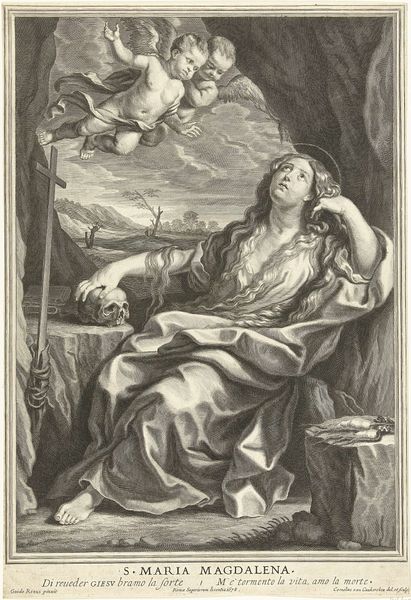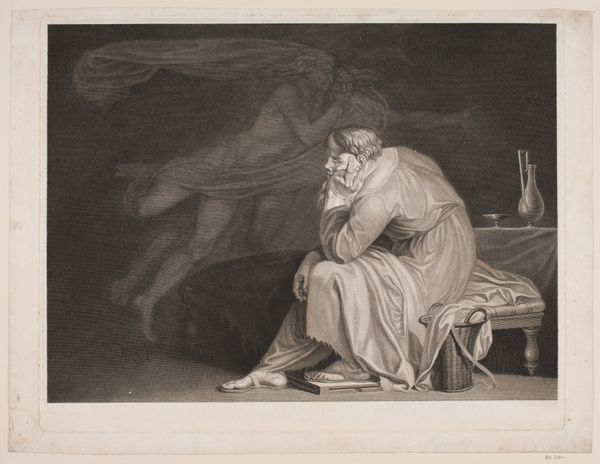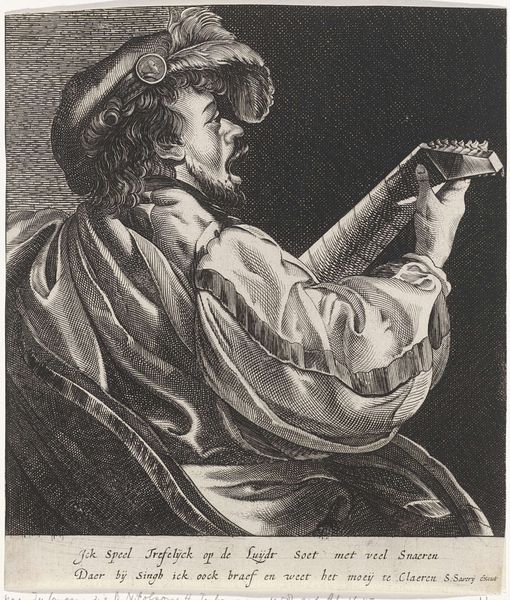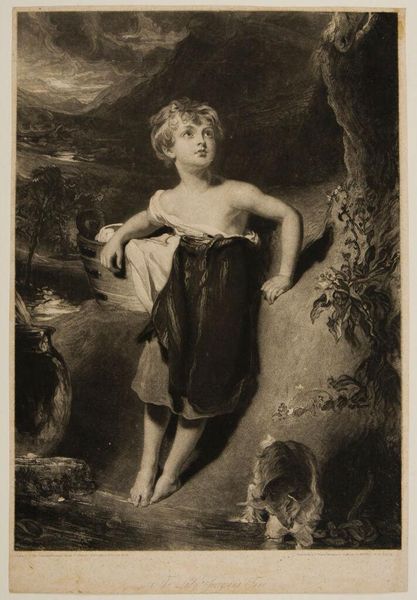
Dimensions: support: 1410 x 1029 mm frame: 1675 x 1310 x 120 mm
Copyright: CC-BY-NC-ND 4.0 DEED, Photo: Tate
Editor: Here we see Sir Peter Lely's "Boy Playing a Jew's Harp". I find the shadows overwhelming. What do you see in this piece? Curator: It’s interesting that you focus on the shadows. Considering the social context of Lely’s time, and the fact that the "Jew’s harp" wasn't necessarily associated with Jewish people, how might the title itself contribute to a subtle form of cultural appropriation or misrepresentation? Editor: That's a perspective I hadn't considered. So the title itself becomes part of the painting's story? Curator: Precisely. And how does that awareness change your understanding of the boy’s representation and the overall message? Editor: I realize I need to consider the bigger historical and social picture to appreciate the artwork fully. Curator: Exactly! Art isn't created in a vacuum; it reflects and shapes the world around it.
Comments
tate 8 months ago
⋮
http://www.tate.org.uk/art/artworks/lely-boy-playing-a-jews-harp-t00884
Join the conversation
Join millions of artists and users on Artera today and experience the ultimate creative platform.
tate 8 months ago
⋮
This painting comes from a set of five pictures of people playing musical instruments. Painted early in Lely’s English career, it is probably a generalised and idealised image of a shepherd boy rather than a portrait of a specific individual. The jew’s harp consists of a metal ‘tongue’ fixed to a frame: the boy plays it by holding the frame between his teeth and striking the tongue with his finger. Musicians were often the subjects of Dutch paintings of this period, particularly in Haarlem where Lely had been trained. Gallery label, April 2005
